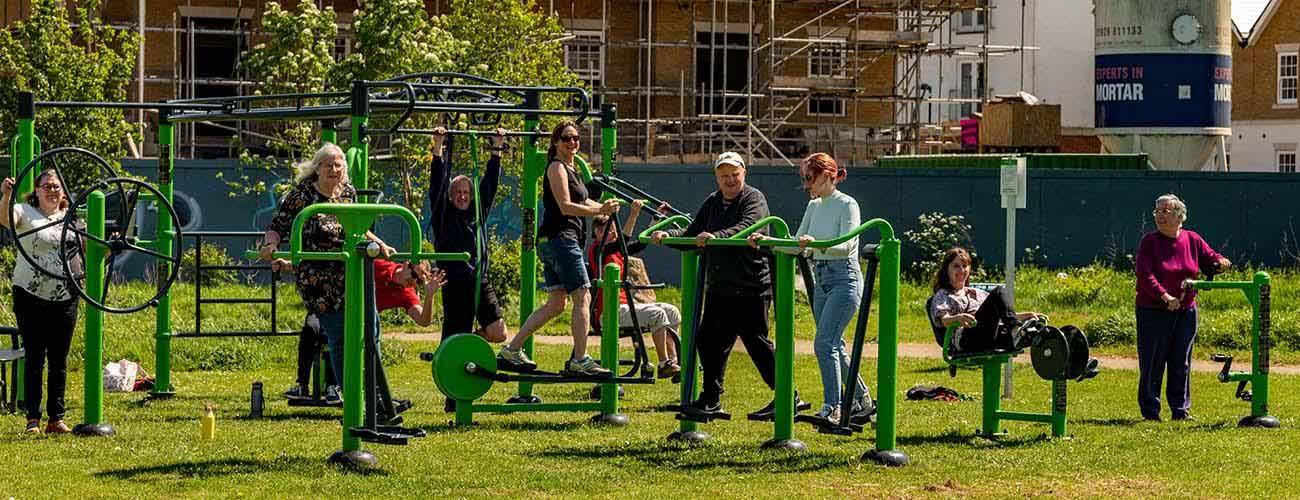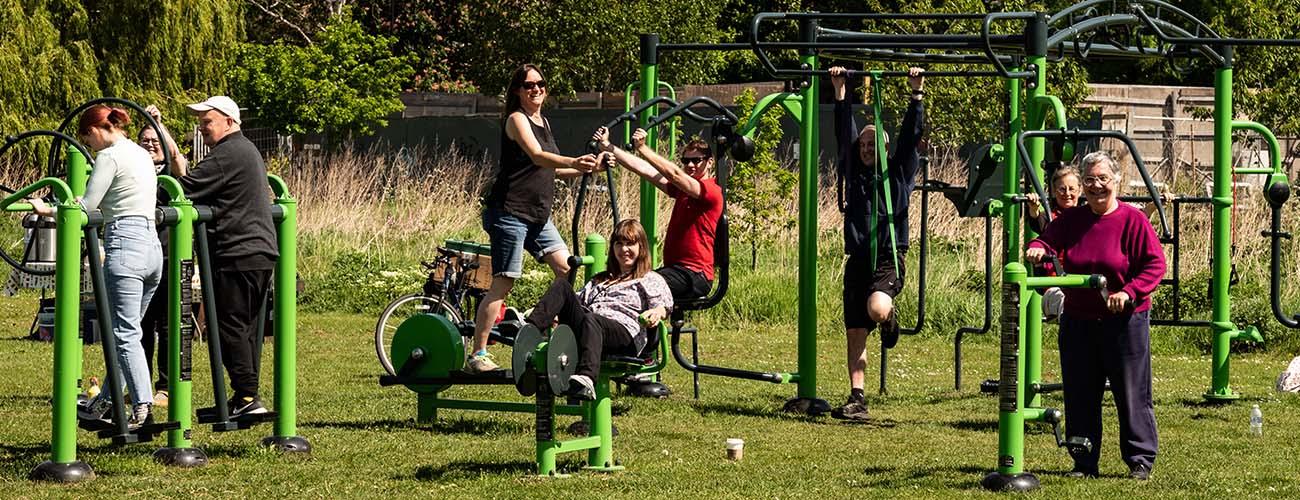
Diabetes UK says that prediabetes, sometimes also called borderline diabetes, means blood sugars are higher than would usually be considered normal. However, levels are not so high that you would be considered to actually have type 2 diabetes, and you’re unlikely to be experiencing any symptoms. Nonetheless, you’re at greater risk of developing type 2, although this certainly doesn’t have to be an inevitability, and there are various things you can do to reduce this risk.
17th July 2025
Indeed, the charity stresses that up to half of all type 2 cases can be prevented or delayed, with risk factors including weight, age and hereditary factors.
Now a recent study, which is published in Cardiovascular Diabetology – Endocrinology Reports, has found that doing more than two and a half hours (150 minutes) of weekly exercise can significantly lessen progression from prediabetes to full-blown type 2.
In all, 130 prediabetic adults participating in a cardiovascular risk programme took part in the study in Cali, Colombia, between 2019 and 2023. Physical activity was monitored via questionnaire, and those who were overweight or obese given a weight loss goal of 7%.
After 366 days, just over a fifth (21.5%) reverted to normal blood sugar levels, while those who engaged in at least 150 minutes of weekly physical activity were significantly more likely to reverse their prediabetes than those who did less exercise. In just 13.8% of cases, type 2 diabetes developed, while in just under two-thirds of participants (64.6%) remained prediabetic without the condition progressing. Being overweight or obese was found to be another factor behind the probability of reversal.
Award-winning Fresh Air Fitness supplies outdoor gym equipment across the UK, and we’ve previously written about the link between aerobic exercise and risk reduction for type 2 diabetes. So while we were interested to learn the findings of this recent study, we weren’t particularly surprised.
The results strengthen what we already knew – prediabetes is a preventable health condition which can be managed cost-effectively through non-medical interventions including education, weight loss plans, the right diet and physical activity.
Yet when it comes to fitting those 150 minutes of exercise in what is no doubt already an extremely busy week, that’s often easier said than done. Even if you have an indoor gym near you, it may be expensive, or the charges could be structured in a complicated way, with high joining fees and complex arrangements if you want to leave. Or the classes you want may not take place at the time that best suits you.
Many communities find outdoor gyms a better option. After all, they’re local, free to use and typically open all hours, as well as being highly sociable places in which to exercise. What’s more, these al fresco facilities provide everyone with a full-body workout, regardless of age or ability.
At Fresh Air Fitness, we supply a wide range of high-quality outdoor gym equipment to a broad client base. Our customers include schools, councils, housing associations and other residential settings, NHS trusts and more. We could help your community combat type 2 diabetes and similar health issues, too.
Get in touch today to learn more about what we could do for your organisation.
Back to all blog posts